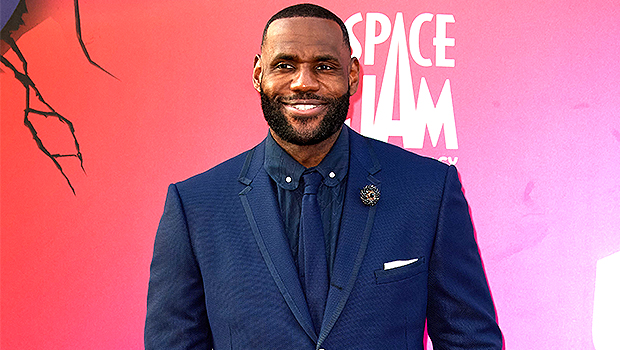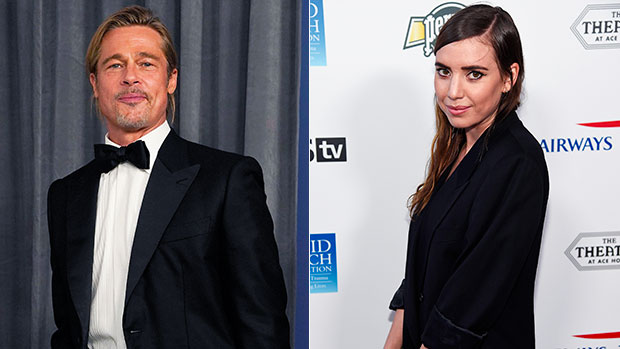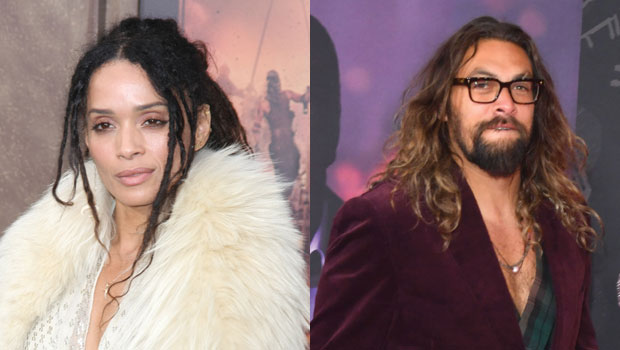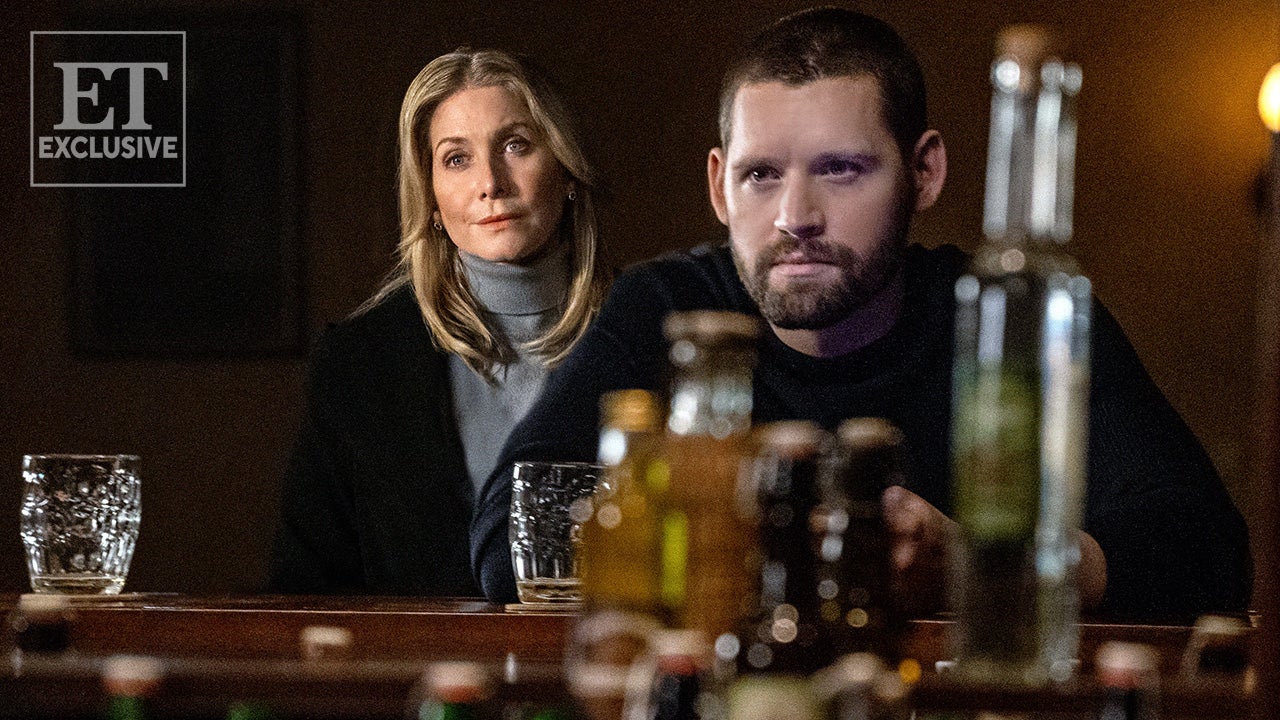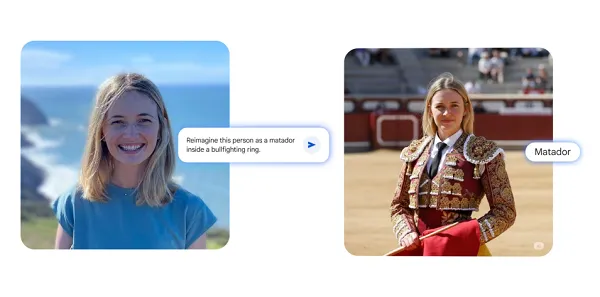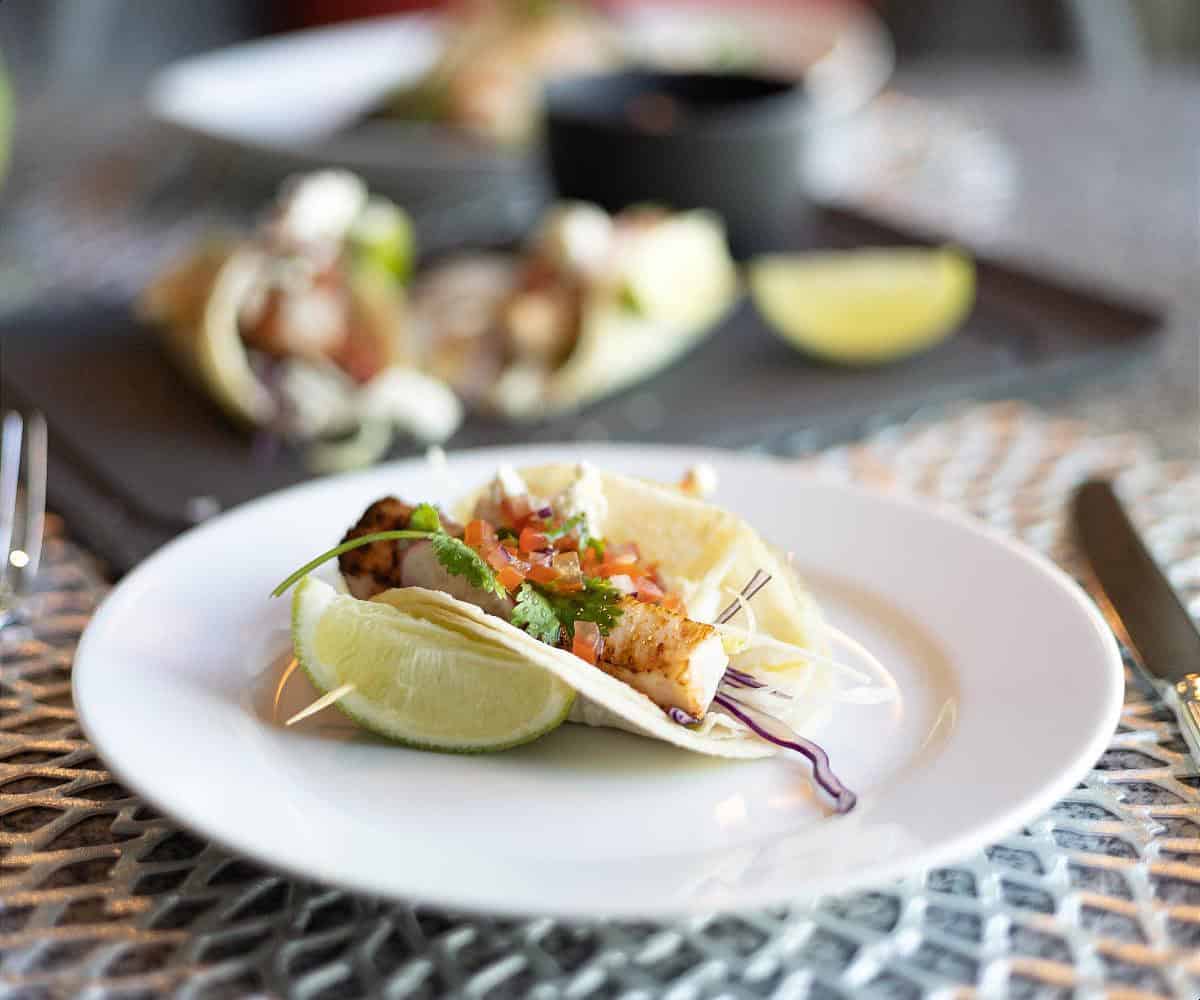Tribeca 2022 Women Directors: Meet Ivete Lucas – “Naked Gardens”
Using precise and illustrative cinematic images, Ivete Lucas collaborates with Patrick Bresnan to make verité stories that counter the mythic concepts of America. Their short films have premiered at Cannes, Berlin, Sundance, and Locarno. Their first feature film, “Pahokee,”...
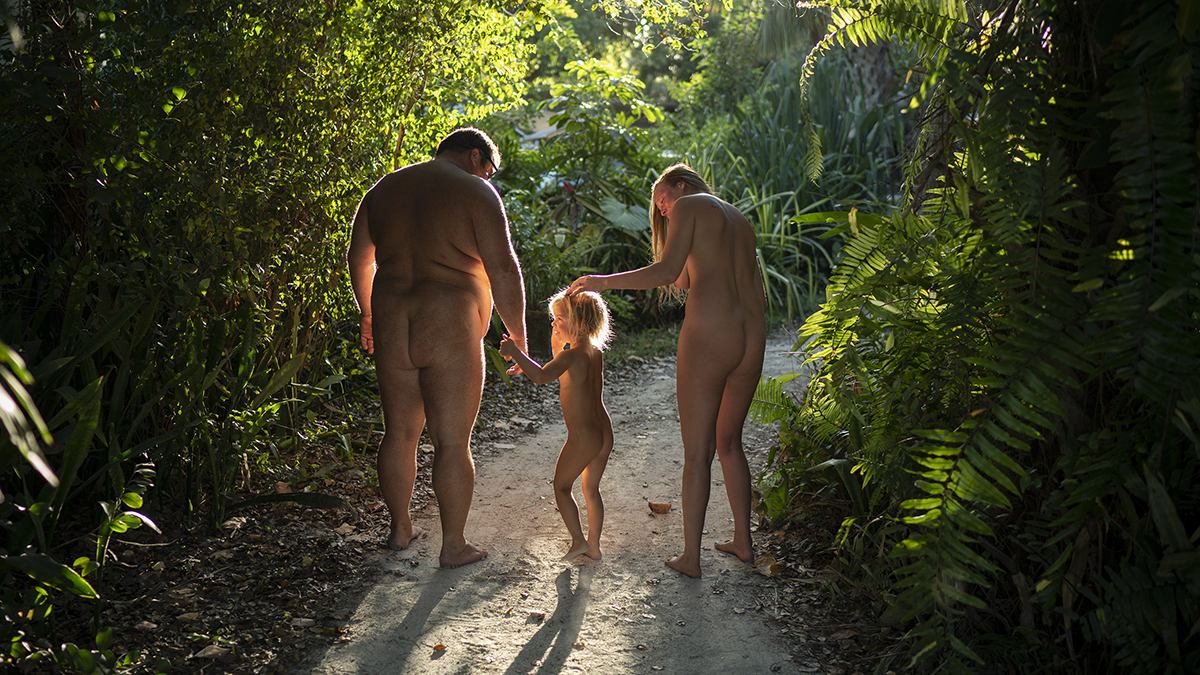
Using precise and illustrative cinematic images, Ivete Lucas collaborates with Patrick Bresnan to make verité stories that counter the mythic concepts of America. Their short films have premiered at Cannes, Berlin, Sundance, and Locarno. Their first feature film, “Pahokee,” premiered in competition at Sundance and was released in the U.S. and France.
“Naked Gardens” is screening at the 2022 Tribeca Film Festival, which is taking place June 8-19. It is co-directed by Bresnan.
W&H: Describe the film for us in your own words.
IL: “Naked Gardens” is a narrative documentary that follows three families living at a nudist resort, which also happens to be the cheapest place to live in Southern Florida. As they prepare for the largest gathering of nudists in the U.S., their choice to live in an idyllic clothing-free community leads them to face challenges as individuals and as a community.
W&H: What drew you to this story?
IL: My partner and I were invited to a drum circle at this nudist resort while loading groceries into our car at a Costco parking lot. We were wrapping up production of our first feature film, “Pahokee,” at the time. We were both curious about the nudist lifestyle and decided to pay a visit.
We had seen articles about this nudist resort in the Palm Beach Post every now and then. It is common practice for media outlets to run stories about nudists to draw ratings when there’s not much going on in the news cycle. Unfortunately, nudists are often used as a laughing stock. We had also seen Diane Arbus’ photographs of nudist resorts, which were much more serious and perceptive.
There’s something about co-existing with others completely nude that is extremely freeing, and therapeutic for some. Our films are deeply personal, experiential pieces of direct cinema. To make the films, we live within the community for months. We wanted to have this experience and make a film that would crack beneath the surface of our collective idea of what nudism is and who nudists are.
W&H: What do you want people to think about after they watch the film?
IL: I don’t ever want to tell people how to think. My films provide audiences with the opportunity to have their own personal journey in a completely different environment with a group of people that they might never meet otherwise. In this way, the audience is seen as an active participant who is constantly processing what unfolds on the screen.
That is not to say that there’s no intention behind the film. Nudists want to challenge the idea of covering the body, thus promoting the acceptance of all body types. They believe a clothing-free society is more equitable as it is much more difficult to tell our class differences when we don’t spend money on clothes. In the same sense, we believed that a film about people who do not wear clothes and are not afraid to be filmed nude would present a unique opportunity to challenge established conventions of how the nude body is presented on screen, usually sexualized by the male gaze, and to encourage the acceptance and visibility of human bodies in various forms.
Although we start our films with a level of intention, we remain open to the lessons that the journey of capturing people’s lives may provide. This film unveils a much deeper meaning to the act of social nudity, as a therapeutic practice to heal from our relationships with our bodies and the bodies of others.
W&H: What was the biggest challenge in making the film?
IL: The biggest challenge for me was to unclothe my own body. Nudist communities only work when everyone inspires the trust needed to be nude in front of each other. Therefore, we knew we could not film while wearing clothes. As a woman, I’ve always seen clothing as a protection from potential dangers, unwanted attention, or advances. I was very nervous about that. Baring my body also meant that I had to come to terms with the parts of myself I felt most insecure about. I was also pregnant, so I was very conscious of the fact that my body would be changing for the next few months in front of our protagonists and our very small crew.
Surprisingly, it didn’t take long for me to become comfortable, as the people in the resort made me feel at ease, and it was wonderful to experience my pregnancy this way. I was much more in tune with every change in my body and much more comfortable breastfeeding in public when I finally had my baby.
For the record, the crew was not required to be nude. They wore skin-color bathing suits.
W&H: How did you get your film funded? Share some insights into how you got the film made.
IL: Although we’ve made lots of shorts, this is our second feature film and it was clear from the start that this would not be a movie that grant organizations could easily get behind. There has never been a film quite like this, and while the nudity was exciting to some, it was scary for others. We were lucky to have some executive producers and studios who had followed our work, believed in us, and helped us fund this film. However, we made this film for very little money.
The truth is that we get to make the films we want to make because we live cheaply, we have tiny crews, and we can shoot, do sound, edit, produce, and get the movie made even when there’s no money to do it.
W&H: What inspired you to become a filmmaker?
IL: I grew up between cultures. I was born in Brazil, moved to Mexico as a child, and lived near the United States border before moving here to study film. Observing life and learning about our similarities and differences was a survival mechanism for me.
I also read a lot and had a rich inner life. There were lots of things I wanted to tell the world. Writing was limiting to me because I had to translate between Portuguese, Spanish, and English.
When I discovered the power of an image to communicate across cultures, I knew I found my language. My films are very visual and this is also why I edit my own films, because I see them as a language, in which images are words and editing is grammar.
W&H: What’s the best and worst advice you’ve received?
IL: The best advice I’ve received is, “This is your film. You’ve worked so hard to get here. You have to make the film you want to make.” It sounds simple, but especially when making a feature film, which is full of twists and turns, this is a mantra that is tremendously helpful.
The worst advice was, “If you want to make movies, you have to move to Los Angeles or New York.” The movies I make aim to expand our collective consciousness of who we are as Americans and as people. It feels extremely important for me to live closer to these untold stories and not to get caught up by an urban, very expensive lifestyle that forces me to make for-profit “content.”
W&H: What advice do you have for other women directors?
IL: As women, there’s often this aura of people whispering, “There’s no way she can be a director.” I didn’t even have access to a video camera until I was in my 20s.
You don’t get to call yourself a filmmaker unless you really believe in yourself and what you’re trying to achieve. I can sit here and say, “Keep fighting to make your films. Learn every position on the set so no one can say ‘no’ to you.” And that’s definitely true, but now that I’ve finished my second film, I have another piece of advice: “Make the film you want to make. Don’t compromise your vision.”
That aura of people whispering never goes away when you live in a patriarchy. And, honestly, if you are a non-white female director, it’s even worse. You will be challenged every step of the way, by people you never expected to. I’ve learned to not let this get under my skin, to keep my focus, to push for what I want, and to think creatively when things are different than expected. When people don’t want to walk with you on this journey, you are allowed to fire them or to never work with them again. You’ve worked too hard to get here. Make the film you want to make.
W&H: Name your favorite woman-directed film and why.
IL: There are many films by women that I love. I’m going to name a short because I think short films don’t get the praise they deserve. I love the short film “Wasp,” by Andrea Arnold. It is so real and raw, such a strong little story of a deeply flawed mother and her kids. It’s so full of life, hard truths, and humor. And the performances are stellar. It lovingly but honestly portrays a British world that often gets negative or no attention at all. I highly recommend it.
W&H: How are you adjusting to life during the COVID-19 pandemic? Are you keeping creative, and if so, how?
IL: To be honest the pandemic never stopped me. We were very lucky to be wrapping up production right when the lockdown started. I got on a plane from Florida to Austin, Texas, and had my baby one month later. After six weeks, I started editing this film with my baby in the editing room.
I got to mother and edit while we were all confined in our homes. It was actually nice because when I was on Zoom breastfeeding or comforting a crying baby, most people were managing their kids as well, so there was a level of kinship. It was hard, for sure, but I got to stay creative and now I get to premiere this film when everyone can finally go to festivals in person, so I feel very lucky.
W&H: The film industry has a long history of underrepresenting people of color on-screen and behind the scenes and reinforcing — and creating — negative stereotypes. What actions do you think need to be taken to make Hollywood and/or the doc world more inclusive?
IL: Female filmmakers, as well as filmmakers from underrepresented and diverse backgrounds, are doing a great job at making incredibly beautiful, artistic films that challenge every stereotype. What we need is thoughtful understanding and empowering support.
When I see the lack of representation in awards shows, I know that it’s not because of the quality of our work. As we know, big awards are all about pricey campaigns. And although I see a lot of wonderful organizations helping fund diverse filmmakers and their work, there also needs to be more support from the top, from studios, executives, the shakers and movers of our industry.
If there are more women and people from diverse communities in positions of power, they are more likely to have the vision needed to open the way for our cinema. They are more likely to fight to get the resources to champion our films. The audiences for our high-quality films exist, we just need the industry to believe in us.

 Troov
Troov 







